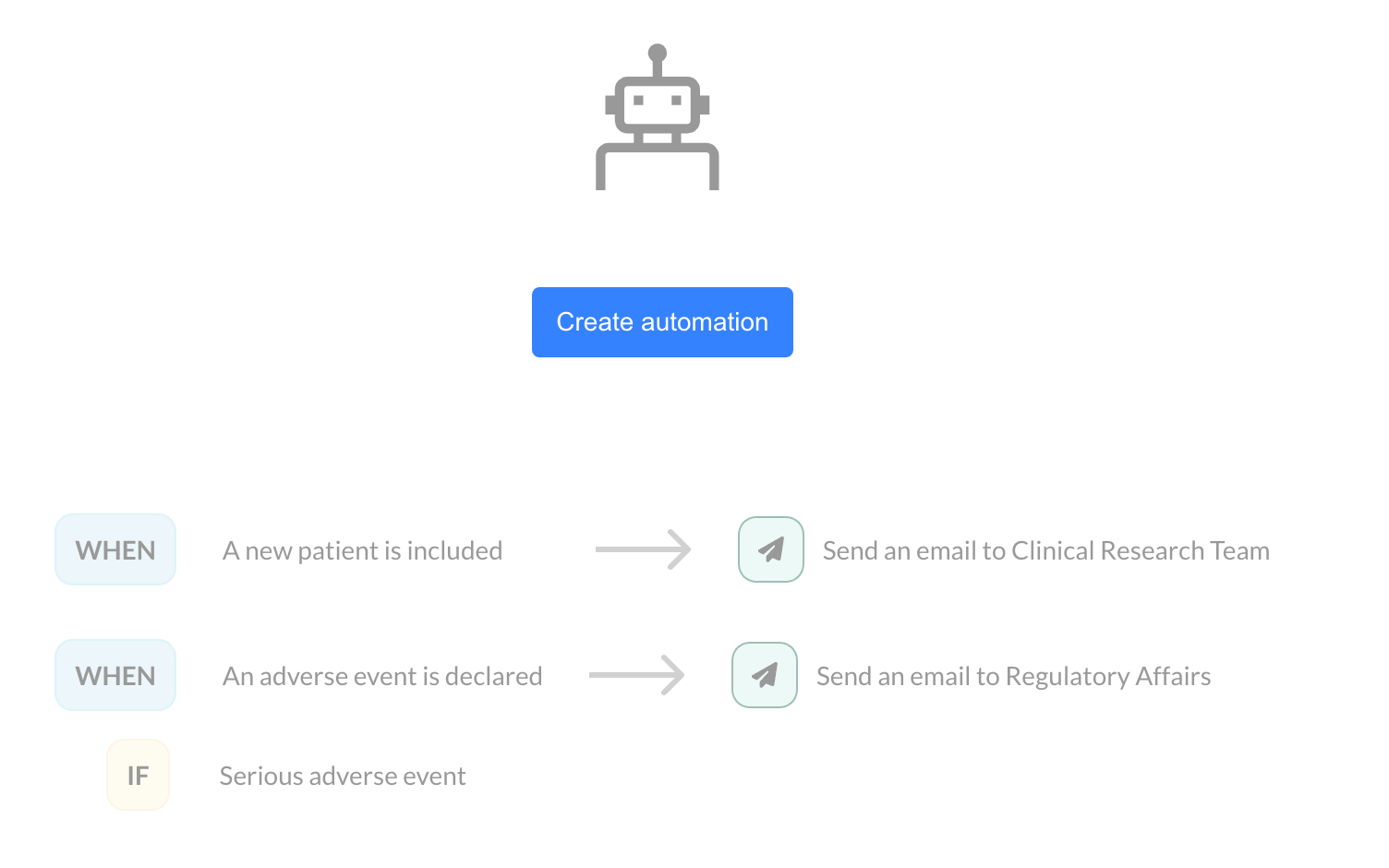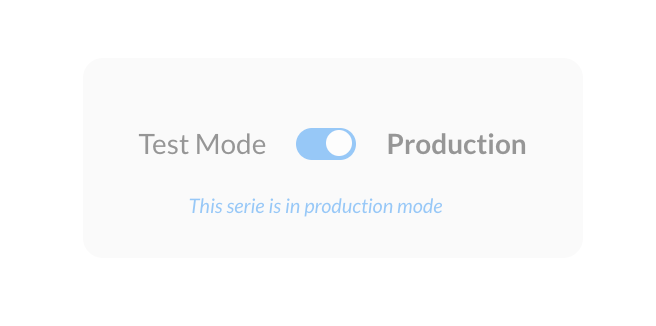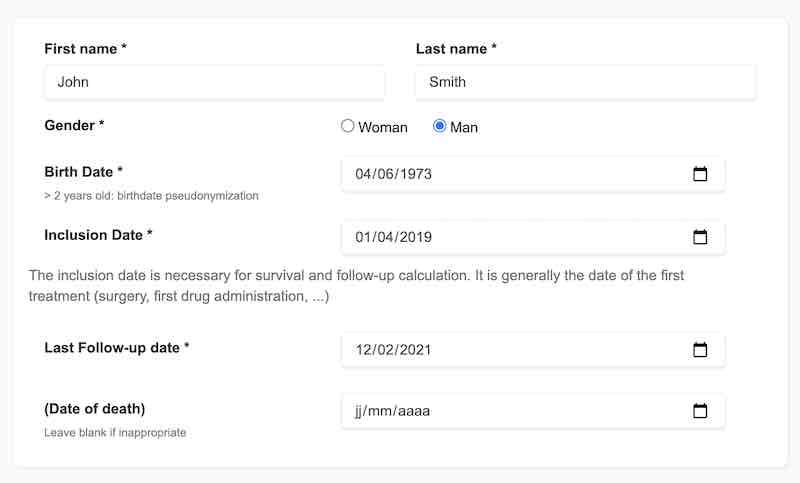Blog
7 reasons why collecting your clinical study data in Excel is not a good idea!
1. Difficult collaboration
When doing a multi-center study or when collecting data with another person, it is not possible to work all together on the same Excel file. Everyone therefore works on their own file and an innumerable number of versions are created. Reconciling and merging these files is a time consuming step and subject to a number of significant errors that would have a direct impact on the veracity of the study.
2. Error risk
An Excel spreadsheet is a very practical tool: the data is structured and you can enter many types of values in cells (numeric, list, etc.). However, with flexibility also comes the increasing possibility of making mistakes: a dot instead of a comma to mark the decimal, a letter that ends up in a cell that should only accommodate numbers, the use of different modalities to describe the same thing (Yes, Yes, Y, O, etc.). At best, this type of error makes it impossible to use the data in question, at worst: it distorts the results.
3. Data unsuitable for statistical analysis
This point ties in with the previous one, errors made during data collection could make statistical analysis impossible. Taking the example of the multiplicity of modalities for the same value, we quickly understand that it will be statistically difficult to conclude something. Indeed, how to bring together the values Yes, Yes, and Y within the same modality to compare it to No? That’s impossible! You will therefore have to spend precious time "cleaning" your data, always with the risk of misinterpreting a value ("does this 0 mean yes or no?") and in the end, inserting errors in the statistical analysis.
4. No audit trail
Good clinical practices are legion. To comply with this, the tool you will use to collect the data must allow you to log each change made to this data. Unfortunately, this is not easy to set up such a system in an Excel spreadsheet. It will be difficult for you to find out who was at the origin of the modification of a value in order to be able to follow up if the data seems absurd. What about the monitoring of the study.
5. No monitoring
Another good practice: monitor the study and be able to ask the person who filled out the patient file to come back to a value that they would have filled in. As seen in the previous point, it is a good thing to log changes, you still need to have an efficient system to be able to point out errors / aberrations so that they can be corrected. Once again, Excel is far from being the best tool for doing "queries"
6. No image collection possible
As part of your study, for example, you may want to collect x-ray pictures of patients. Unfortunately, an Excel spreadsheet will not allow you to insert pictures into a cell. It will therefore be almost impossible to collect this type of data using a spreadsheet.
7. Does not respect the regulations in force
In addition to the good practices to be observed when carrying out a clinical study, the regulations in force concerning clinical research are abundant and restrictive. For example, you will need to pseudonymize patient data (last name, first name, date of birth, etc.). When entering data into a spreadsheet, it is not possible to pseudonymize the data. Thus, identifying patient data could be present in a file to be transmitted to your statistician, for example. The CNIL may not appreciate...
Are you looking for an ideal solution for your study?
Discover EasyMedStat: the only online tool combining an eCRF and a powerful statistical tool. With EasyMedStat, you can collect your study data with ease and in compliance with Research regulations. In addition, you are able to analyze them using our unique statistical tool which will allow you to automatically provide a statistical answer to a clinical question that you have formulated.
Do not wait any longer and take your Research to the next level!
LATEST POSTS






New Features in EasyMedStat: Custom Record ID (CRID) and Test/Production Modes [Product Update 3.36]


Let your friends know!




